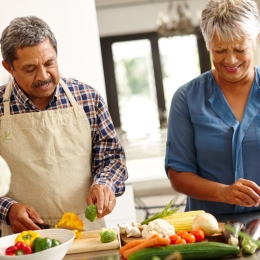Boost your hydration while cutting out sweeteners
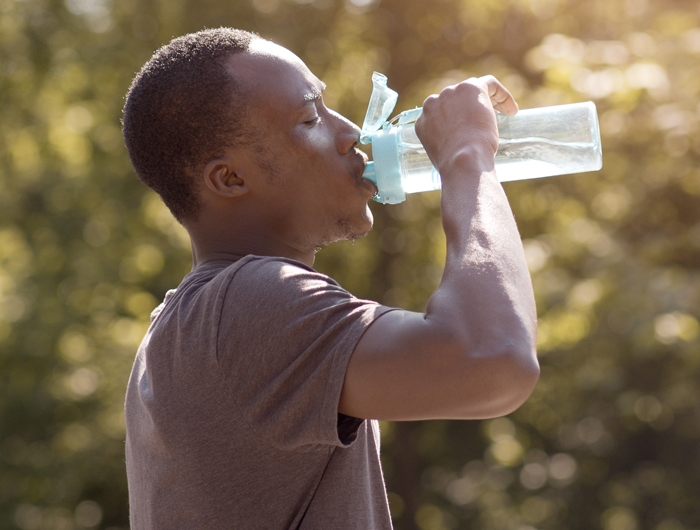
Prostock-studio - stock.adobe.com.
Everyone knows our bodies are mostly water, and that staying hydrated is necessary for good health. But how much water do you really need, and how do you get enough each day—without also taking in too much sugar or harmful artificial sweeteners? Here’s everything you need to know.
According to the USGS Water Science School, the human body is about 50 to 70 percent water by weight, which means that drinking enough water is crucial to keeping your brain, kidneys, skin, heart, and more in tip-top shape.
Howard E. LeWine, MD, the chief medical editor of Harvard Health Publishing, writes that adequate hydration is essential for “carrying nutrients and oxygen to your cells, flushing bacteria from your bladder, aiding digestion, preventing constipation, normalizing blood pressure, cushioning joints, protecting organs and tissues, regulating body temperature, and maintaining electrolyte (sodium) balance.”
Dehydration occurs when lost fluids aren’t replaced. This is why factors like the outside temperature, activity level, and diet affect the amount of water a person needs to take in each day.
The effects of dehydration are broad, and sometimes unexpected. The CDC lists unclear thinking, mood changes, overheating, constipation, and kidney stones as possible adverse outcomes from dehydration.
A 2023 EverydayHealth article reviewed by Lynn Grieger, RDN, CDCES, a registered dietitian nutritionist, certified diabetes care and education specialist, says anything from bad breath, muscle cramps, sugar cravings, flushed cheeks, headache, fever, or chills could be symptoms of dehydration, too.
How much water do you need?
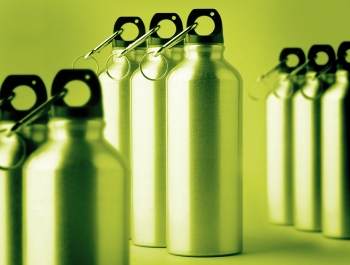
The 8-by-8 rule has been a longstanding piece of advice for water intake: Drink eight 8-ounce glasses of water each day for good hydration. But that advice is not one-size-fits-all.
The National Academies recommend about 9 cups a day for women and about 13 cups a day for men. That includes all fluids—water, as well as coffee, tea, juice, and milk—but doesn’t include the two to three cups of liquid you’re likely to get from your food.
But that advice is just a rule of thumb. How much water you need depends on how much you lose to heat or exercise, digestion, alcohol intake, age, and other factors, including medication use.
Learn more about the basics of hydration at NutritionAction.
Cutting back on aspartame and sugar
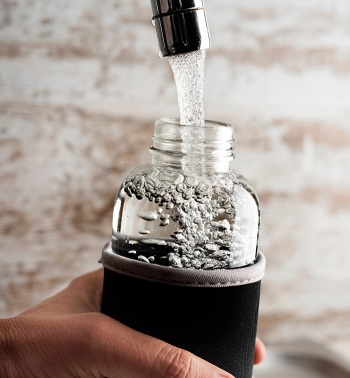
A 2013 study published in BMC Public Health revealed that the consumption of plain water—that is, unsweetened and unflavored, whether tap or bottled—tended to be associated with higher incomes, and plain water contributed only 30-37% of total dietary water intake on average for US adults aged 20 to 71+ years of age. (The study did not research younger groups.)
“Why don’t Americans like to drink water? Because we are conditioned to expect high levels of sweetness in everything,” said Walter Willett, professor of epidemiology and nutrition at the Harvard T.H. Chan School of Public Health, in an interview with CNN. “You might say we are malhydrated, because we drink so much soda and fruit juice and other sugar-sweetened beverages, and by that I mean we drink beverages that harm our health. Even energy drinks and vitamin waters, most are loaded with sugar and not worth the use.”
Take action: Tell the FDA to set sugar reduction targets for our food supply.
Since the World Health Organization classified aspartame as a possible human carcinogen earlier this year, many Americans are seeking alternatives to their longstanding favorite diet beverages. CSPI and NutritionAction recommend choosing water or unsweetened tea or coffee instead and urge consumers to avoid sugar-sweetened beverages completely. “When it comes to beverages, your best choice is to drink water or an unsweetened drink,” says Dr. Peter Lurie, executive director of CSPI.
How to drink more water
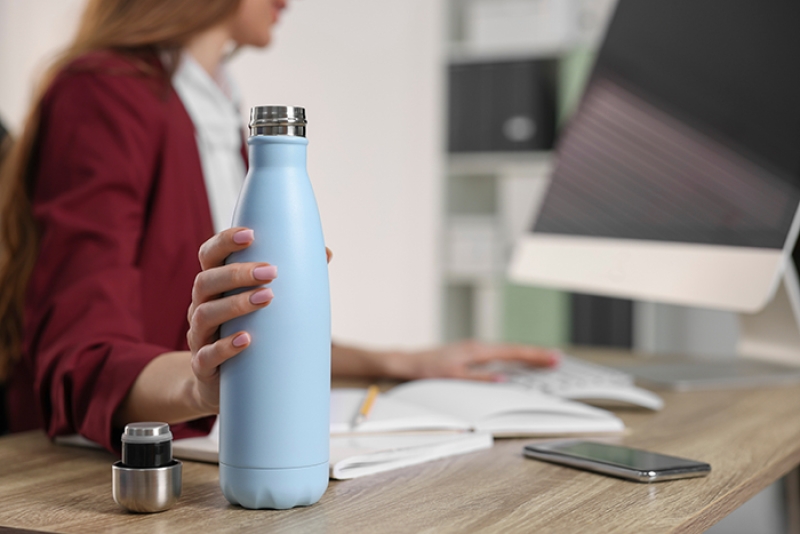
Drinking more water doesn’t have to be a chore. It can be as simple as finding a bottle you like and carrying it with you throughout the day, swapping your usual beverage with meals for plain water, or adding a wedge of lime or slice of cucumber to your glass to make the experience more satisfying.
Keep a water bottle handy
A reusable water bottle is hydration’s best friend. Fill it first thing in the morning, keep it with you throughout the day, and by bedtime you’ll have consumed plenty of water with hardly a second thought.
If you’re on the search for a new water bottle, remember that the most sustainable option will be the one you already own. Otherwise, opt for a non-plastic bottle if possible.
Drink water with meals
If you ordinarily have a soda, lemonade, or other sweetened beverage with lunch or dinner, try swapping it for water or unsweetened tea. Missing the fizz of your favorite diet soft drink? Seltzer or sparkling water is a great alternative. Here are some of our favorite aspartame-free options.
Add a little flavor to your water
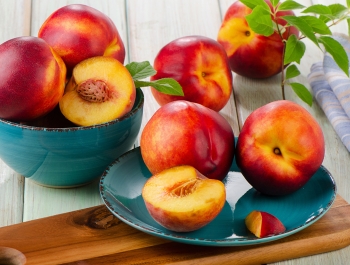
Water tastes like water, which is to say it tastes like nothing (except for some minerals, based on your location). But you don’t need loads of sweeteners or sugar to change it up a bit. Try adding citrus fruits, berries, cucumbers, or herbs like mint or basil to your glass to get a refreshing, low- or no-calorie beverage that satisfies your thirst and tastes like, well, something. Here are five simple, sugar-free infused water recipes to get you started.
If you’re a TikTok user, you can also search #WaterTok for recipes—but beware those that call for flavoring packets or syrups that use synthetic food dyes or are sweetened with sugar, sucralose, erythritol, or aspartame. Stevia and monk fruit extracts are your safest bets for sweeteners. We recommend Stur Natural Water Enhancer, which gets its color from microdoses of juices like orange and its sweetness from Reb A and Reb M, two safe stevia extracts.
Track your water intake
How can you tell if you’re getting enough fluid?
Urine color isn’t a perfect measure of hydration, but it’s useful. The sweet spot: the color of lemonade. (If your urine is colorless, you could be overhydrated.)
For a more systematic approach, you can check the WUT criteria first thing in the morning:
Weight: Down more than 1 percent from your average morning weight.
Urine color: “Apple juice or darker.”
Thirst: “Not just a dry mouth, but so dry that it’s hard to form saliva.”
“If two of these criteria are present, it’s likely that you’re not getting enough water,” says Sam Cheuvront of the U.S. Army Research Institute of Environmental Medicine. “If all three are present, you’re almost definitely dehydrated.”
If you’re unsure if you’re drinking enough water, keep track for a day or week, and increase your water intake if necessary. You can use a pen and paper, or any of the water-tracking apps available on Google Play or the Apple App Store.
Eat more fruits and veggies
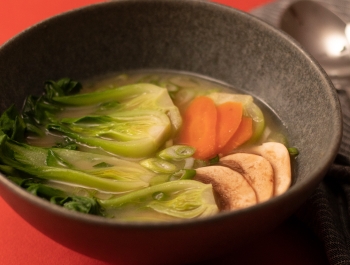
While drinking plain water is important, it’s not your only source of water intake. Most whole produce is mostly water—between 80 and 95 percent for foods like cantaloupe, watermelon, zucchini, tomatoes, grapefruit, celery, and all kinds of lettuce. Broth-based veggie soups, like The Healthy Cook Kate Sherwood’s Miso Ginger Vegetable Soup, are high in water content and micronutrients and low on effort and calories. For more great recipes, check out The Healthy Cook's Kitchen: Soup and Healthy Recipes: Fast and Fresh Soups and Side Dishes.
Sign up for the free Healthy Tips weekly newsletter from CSPI's NutritionAction. Our emails highlight the latest research about nutrition, food safety, supplements, and exercise.
More on healthy eating
The cold, hard facts about frozen foods
Healthy Eating
By M.M. Bailey
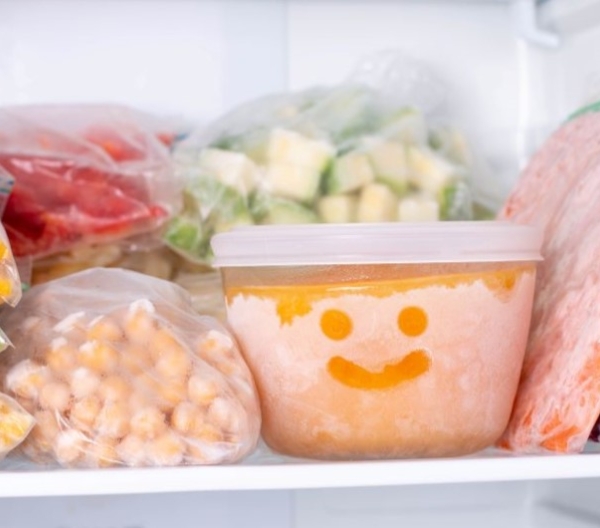
WIC is changing in 2024. Here's what to expect
SNAP

What’s in season: April produce guide
Healthy Eating
By M.M. Bailey
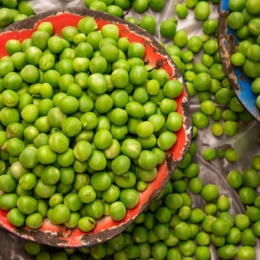
How to choose the best beefless burgers & beyond
Healthy Eating
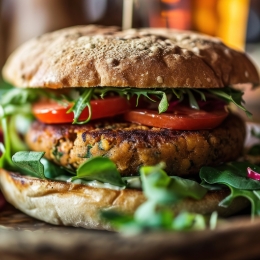
Recently diagnosed with diabetes? Try this.
Weight and Health
